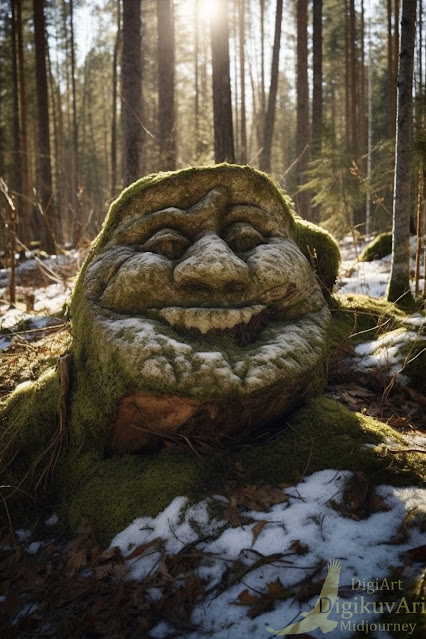The Hidden Faces of Rocks in the Northern Forest is a true story that takes place in the early days of spring, when the snow still covers the ground and the night frosts have yet to subside. It is a story about a mysterious and little-known phenomenon that occurs deep in the heart of the Northern forest - the hidden faces of the rocks.
If you want to capture an image of these mystical rocks in a peaceful location, you must be completely silent and use a camera with a soundless shutter. For the best result, it's recommended to use a tripod and a remote trigger. Find a comfortable spot where you can lean against a tree or remain perfectly still for at least half an hour, as the rocks have poor eyesight but keen hearing. When the rocks believe that no humans are present, their faces gradually take shape and become visible. Remember to be patient and quiet to capture the beauty of these mystical rocks with your camera.
As the night frosts come to an end and spring progresses, it becomes increasingly difficult to locate these rocks that gaze into the season They settle down to listen to the sounds of summer.


































































